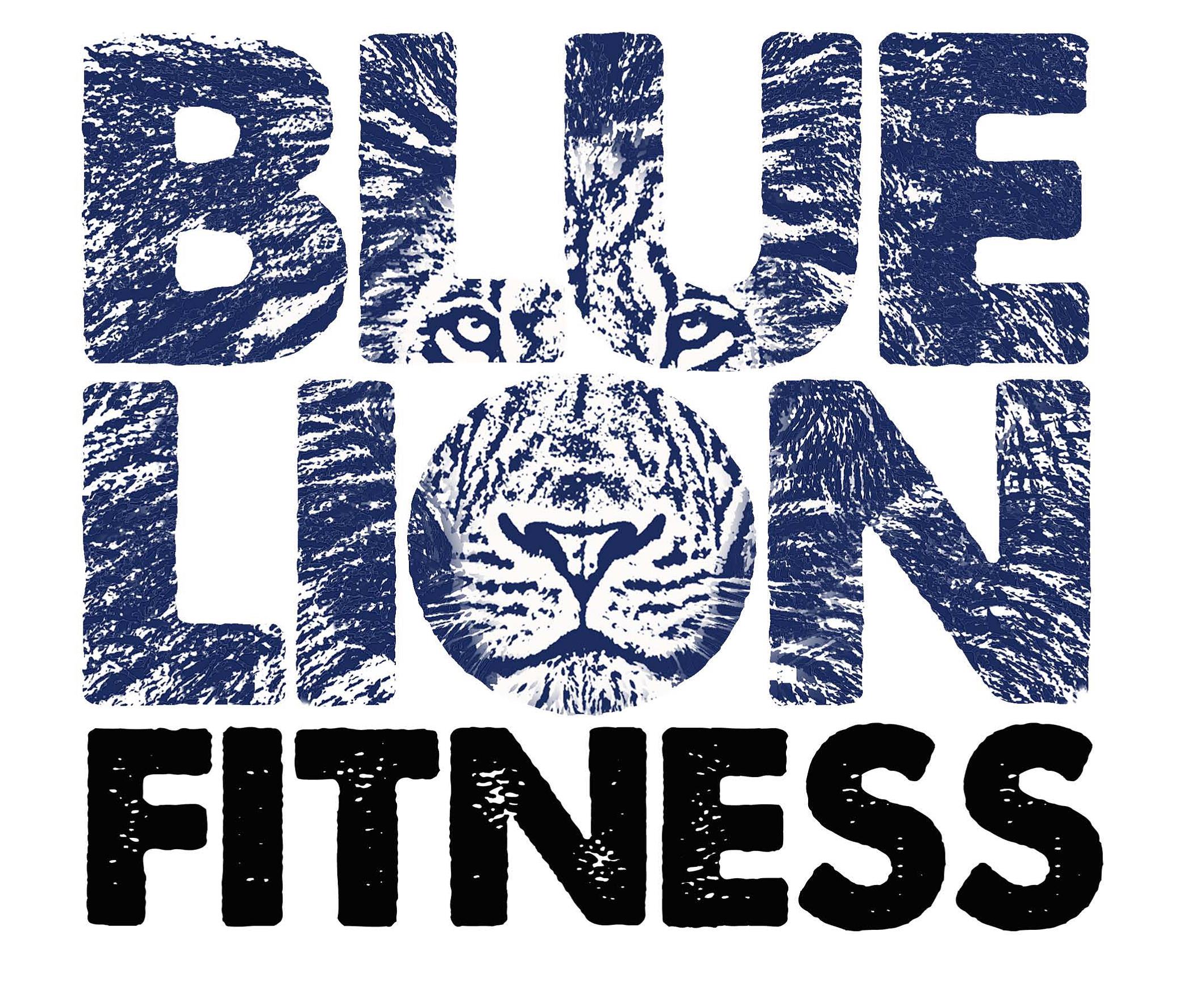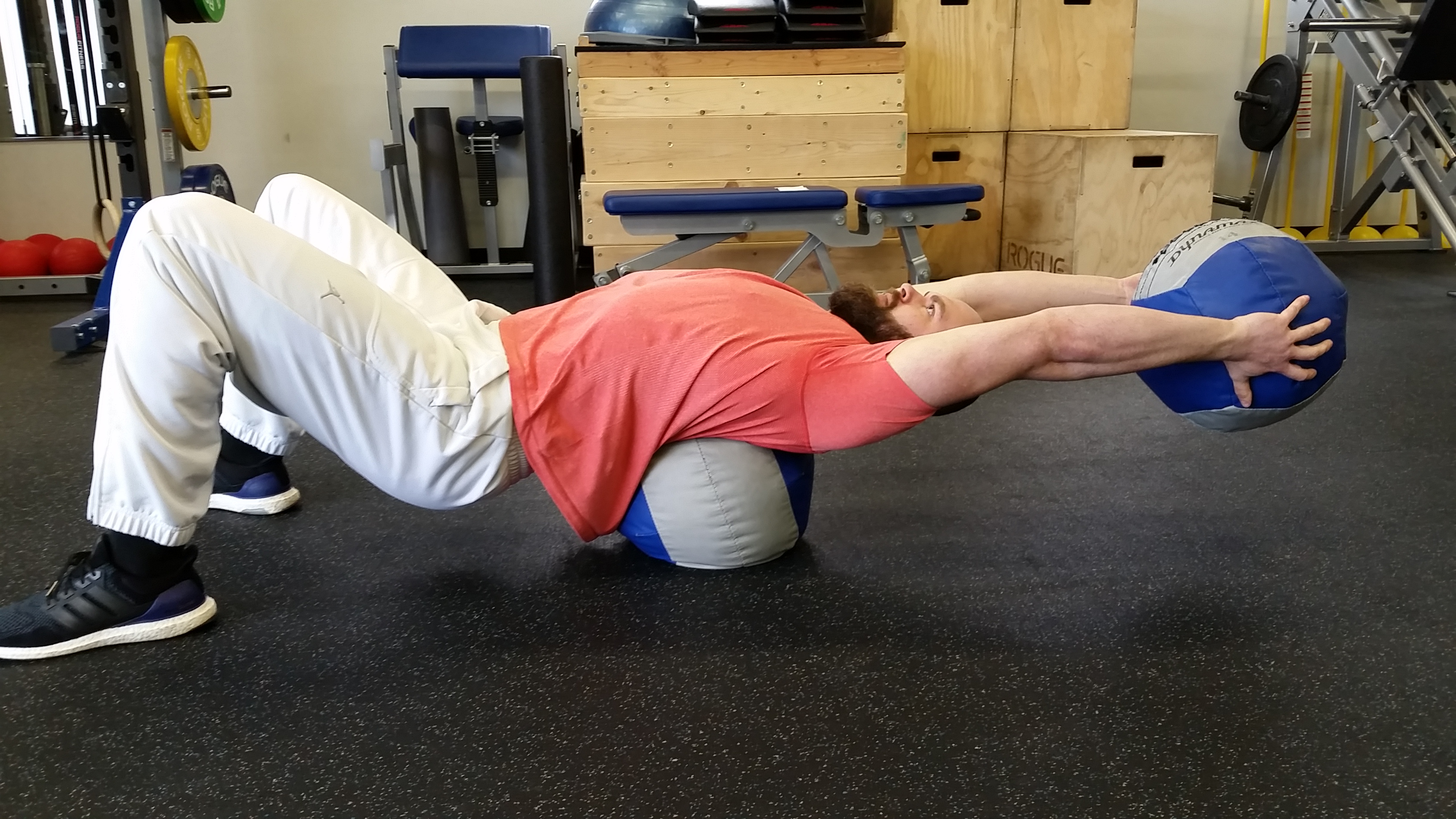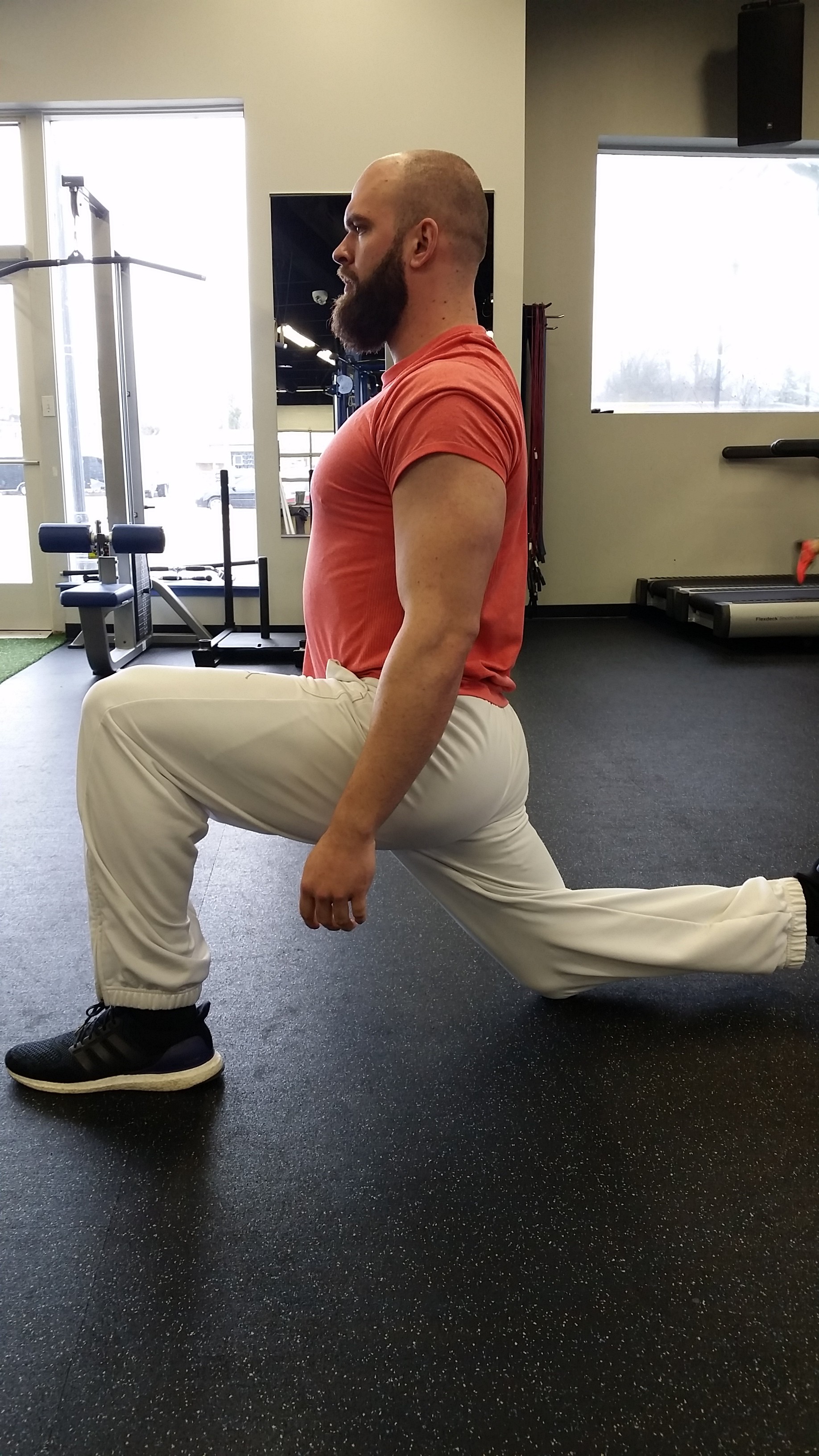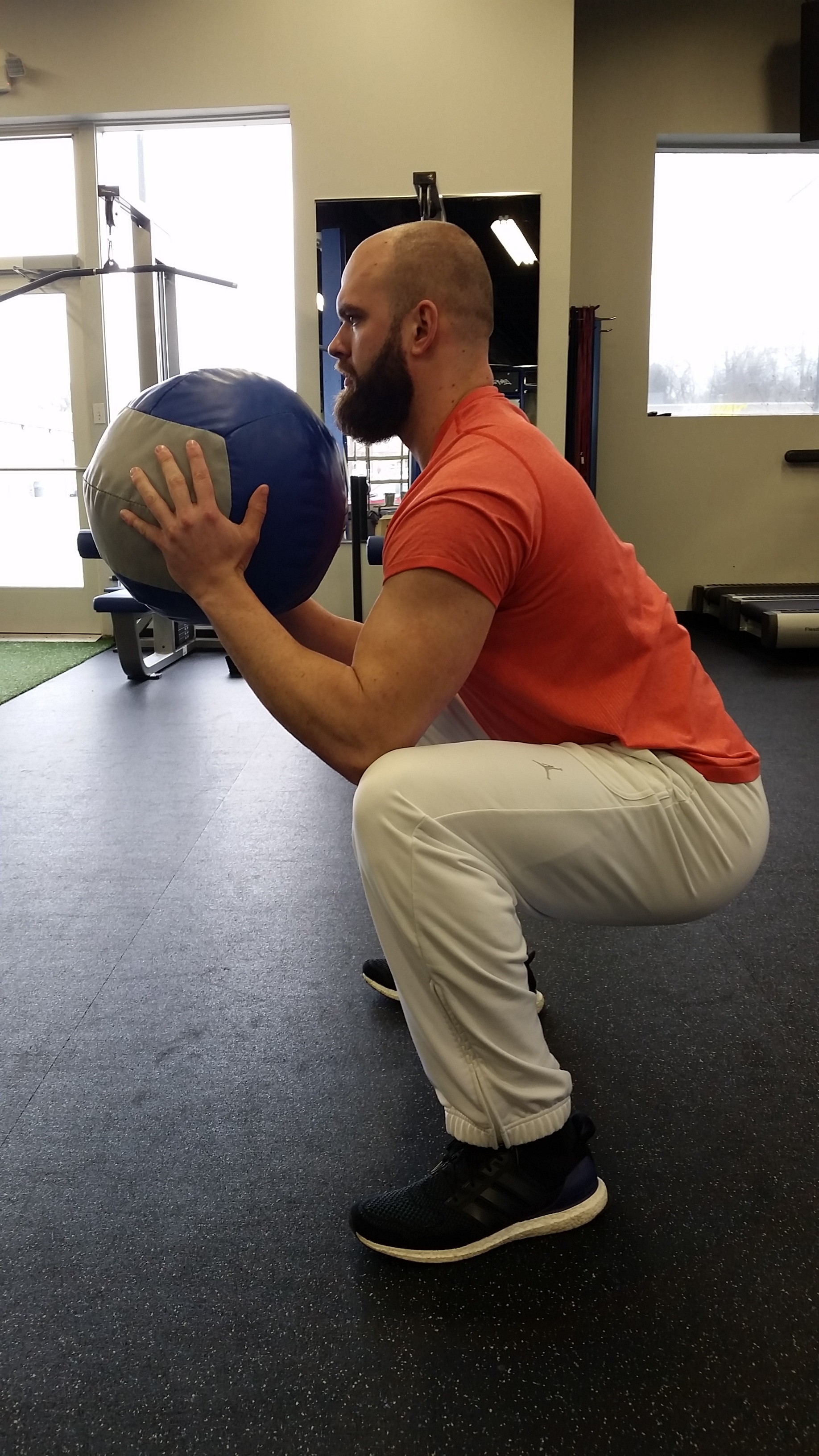- 734-929-5268
- Contact Us NOW OPEN!
Blog
Drop It Like A Squat
- by BLF Team
- February 5, 2016
February 5, 2016
 Most of you are pros by now. A squat is probably one of the very first lifting exercises you learned, and why not? With the glutes obsession on the rise, it’s a legitimate place to focus your energy. It’s also a great lift for the entire body, activating the thighs, calves, buttock, and they even engage the abs too.
Most of you are pros by now. A squat is probably one of the very first lifting exercises you learned, and why not? With the glutes obsession on the rise, it’s a legitimate place to focus your energy. It’s also a great lift for the entire body, activating the thighs, calves, buttock, and they even engage the abs too.
Most of you Lion Chasers are focusing on the next weight and putting emphasis on your reps. I commend you and I envy you, because I’m still struggling with proper form. This article takes it back to the basics and is about problems many beginners (including myself) face with stretches and exercises to combat them. Thanks to Ryan and Joon, our own fitness instructors, as well as Tyson Austin, and Chet Morjaria who are coaches and writers from breakingmuscle.com, I’ve got a summary of causes and solutions to your squat struggles.
The thoracic spine
The first possibility of why your squats aren’t looking to pretty is because of the spine. Ryan walked me through it a little bit when he thought that was my problem. If there are problems with the thoracic spine (the top part of the spine that reaches from the top-to-mid back) this makes it extremely difficult to squat because as you begin to lower your body, your back can’t take the pressure and your chest is forced forward, instead of keeping a proper form and a straightened back.
How to Improve: Spinal Stretch
You need two medicine balls either 8 or 20 pounds. One ball (the heaviest/largest) is going to be placed under you to lay on so that your body is arched up on top. With the second ball (a relatively light ball), you need to stretch it over your head so that your body makes a curved bridge with your lengthened arms over your head holding onto the second medicine ball, stretching your back. Note: it should feel like you’re pushing the ball backwards to place on the ground. Hold position for as long as comfortable.
Hip flexibility
I’ve heard everyone and their mother talk about hip flexibility being the most common problem that squatters face. I don’t know if that’s true or not, but not having hip flexibility is absolutely detrimental to your squats. If you’re trying to squat and you feel an incredible tightness in your hips, it’s really difficult to continue. You won’t get deep without that flexibility.
How to Improve: Hip Stretch
Most of you probably know a bit about this stretch. I’ve been doing it since seventh grade swimming camp. You can either put yourself in a kneeling position or remain standing. You extend one leg far behind you and lean backwards (for a bigger stretch lift your arms behind you) and feel the hip stretch for 10-15 seconds before switching sides. Do as many as you want, but 3-4 is a good minimum.
How to Improve: Goblet Squat
Morjaria (2015) was the one who explained how the Goblet Squat worked. You hold a kettlebell in front of you and move into a squat position holding the kettlebell (or any available weight) like a goblet. Your elbows should be pointed down and inside your knees. And hold. For as long as you can manage. And then do it again. This is my personal favorite because while it’s difficult to get into the squatting position because of my inflexible hips, this does wonders for loosening up those tight muscles.
Ankles
I can’t believe how long it took for me to realize this was a major problem. I had been a softball player — a catcher — for 15 years and when I went down into a squat position, instinctively and second nature by now, I would pop up on the balls of my feet rather than placing weight on the bottom of my heels. I’ve also always been a toe-step runner, I never put my heels down. I kind of screwed myself, because now, I’ve shortened the tendons in my ankles and have to retrain them to stay down. May we use the following exercises to fix our pesky problem.
How to Improve: Assisted Wall Squat
The wall squat that I’m talking about is a squat performed close to and facing a wall. You can stretch your arms out to hover almost touching the wall, but no part of your body is allowed to touch. The assisted part comes from a pair of 2.5-to-5 pound barbell weight that is placed under the heels of your feet to help perform your squat despite having tightened ankles that won’t allow a heel-down squat. The goal is to eventually not need the weights and move close enough to the wall so that your toes press against the wall and perform a full squat without allowing any other body parts to touch the wall.
How to Improve: Ankle Wall Stretches
Disclaimer: I am not a real doctor, so everyone get checked out by a professional and make sure that a medical problem is not prohibiting your squatting experience and remember:
Practice makes perfect Lion Chasers! Keep squatting!
by Elizabeth Bergren
References
Austin, T. (n.d.). 4 Reasons You’re Not Getting Deep Enough in Your Squats. Retrieved February 05, 2016, from http://breakingmuscle.com/strength-conditioning/4-reasons-youre-not-getting-deep-enough-in-your-squats
Morjaria, C. (n.d.). Squat Therapy: 4 Drills for a Better Squat. Retrieved February 05, 2016, from https://breakingmuscle.com/mobility-recovery/squat-therapy-4-drills-for-a-better-squat





